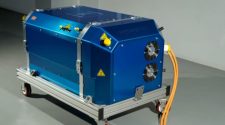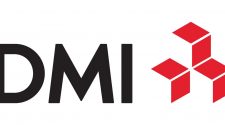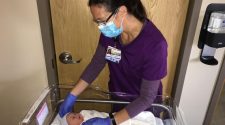No matter what patients desire — success in contact lenses, refractive freedom with LASIK or superior visual outcomes after cataract surgery — the health of the cornea is paramount.
It’s the first refracting surface of the eye and the starting point of all that follows. Its condition is a primary focus for all eye care providers.
Our understanding of dry eye disease (DED) and its impact on refractive outcomes, surgical or otherwise, has grown immensely in a very short time. As the research piles up, and diagnostic and treatment algorithms and regimens are created and refined, industry has kept pace bringing forth potent solutions.
Diagnosing DED
We now have more ways to find disease with evidence-based in-office tests like the TearLab Osmolarity System (TearLab Corp.) and InflammaDry (Quidel) for osmolarity and inflammation, respectively, and a few more pharmaceutical options, too.
Pharmaceutical agents
Beyond “blockbuster” drug Xiidra (lifitegrast, Novartis) and original Restasis (cyclosporine, Allergan), Sun Pharma’s cyclosporine product Cequa is available. Another, preservative-free formulation of cyclosporine from Santen looks to be on its heels as Restasis coming off patent. Novaliq is developing CyclASol, cyclosporine A 0.1% in perfluorobutylpentane, as a treatment for patients who have moderate to severe DED with an inflammatory component.
Kala Pharmaceuticals will provide additional data to the FDA on its new drug application for KPI-121 0.25% (enhanced penetration version of loteprednol), and the company continues to enroll patients in its phase 3 clinical trial. A quick glance at clinicaltrials.gov shows several other agents under evaluation if readers are interested.
In addition, we cannot overlook the myriad tear products, lid hygiene preparations and masks as well as nutritional supplements that all play a role in our layered approach to what we understand is a multifactorial and progressive disease.
Device-based strategies
There’s a growing interest in employing device-based strategies not only to complement drops but also in some cases to help enhance compliance. Layered treatments are needed to combat different components of the disease. Devices offer personalized care, with office- and even home-based products becoming more common.
Meibomian gland dysfunction (MGD) is a component in the overall OSD picture in about three-fourths of patients as we know from Nichols and colleagues. In addition to tear osmolarity and MMP-9, current algorithms direct us to consider meibography in the workup due to MGD’s prevalence. The tool both confirms the diagnosis and importantly encourages compliance with treatment, motivating patients to perform preventive care.














